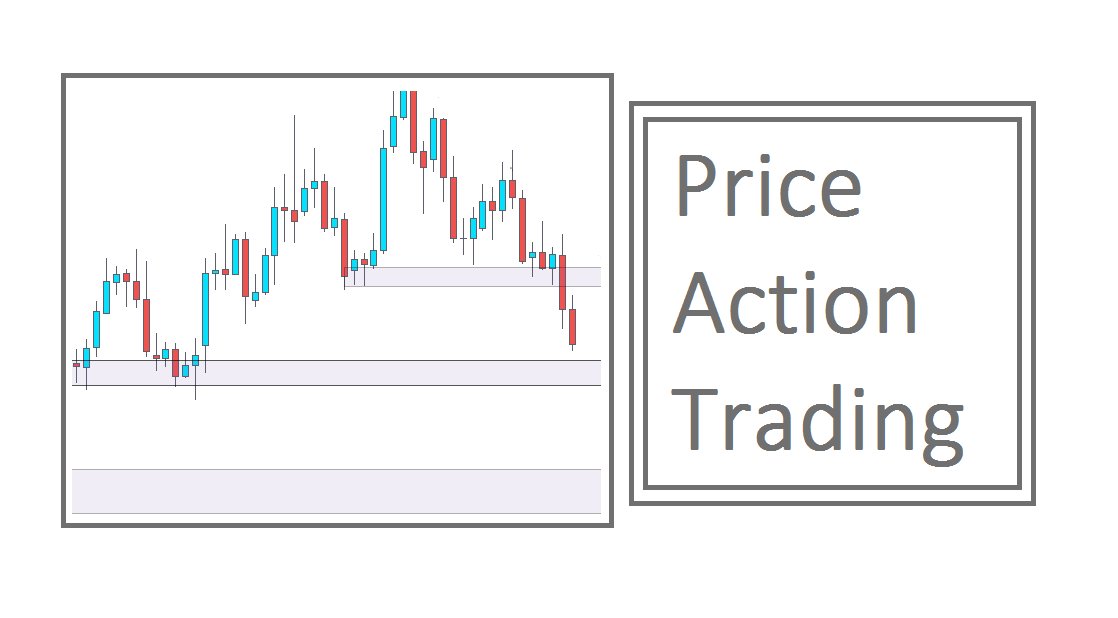In Forex all price movement comes from buyers and sellers. When the price action trading goes up It is because there are more buyers than sellers and vice versa. The Foreign exchange market is in a state of constant battle between buyers and sellers. Trading in markets includes analyzing who owns and controls prices, buyers or sellers and whether they are likely to remain in the trade.
Study of the price action was first developed by Charles Dow, who formed the basis for modern technical analysis. It has already been amazingly developed and improved since its inception. Knowledge of price action allows you the extra edge you will get over the profit line. That’s one explanation why so many forex traders are involved in using a price action strategy as one of their main trading decision-making tools Because price action isn’t predicting the future like many others indicators that never lies; this will tell you how the market will behave in different time frames and volatility periods.
The simple tools of technical analysis can easily read price actions. Candles, Doji, pins, engulfing patterns, and narrow range these are just some examples of the regular price action. Price action means that a trading strategy is being built in order that past or current price behaviour can be read/analyzed. Price Action analysis approaches can be split into two groups: strategies to continually track price fluctuations, to determine the point of entry or exit of a market, strategies to analyze the price movement on a chart in the past. Every way is helpful to establish a credible plan for price action in forex.
For technical indicator calculation or chart identification, many technical analysts use price action. The aim is to find order in the apparently random price movement. Price action is very subjective in its definition. While evaluating the same price action, it’s common for two traders to come to different conclusions. One trader could see a downward trend and another could assume that the price trend is likely to be a turnaround.
The price action involves the exclusive price action trades and not on the basis of fundamental or technical analysis. Some examples of price action are fluctuations (higher and lower), resistance and support levels, and consolidation. For example, before a long position is taken, a short-term trader will observe the breakout of the preceding price at higher volumes. Trading of prices action among retailers and institutional traders is the most common. This would encourage many forex traders to use price action as one part of a larger strategy.








